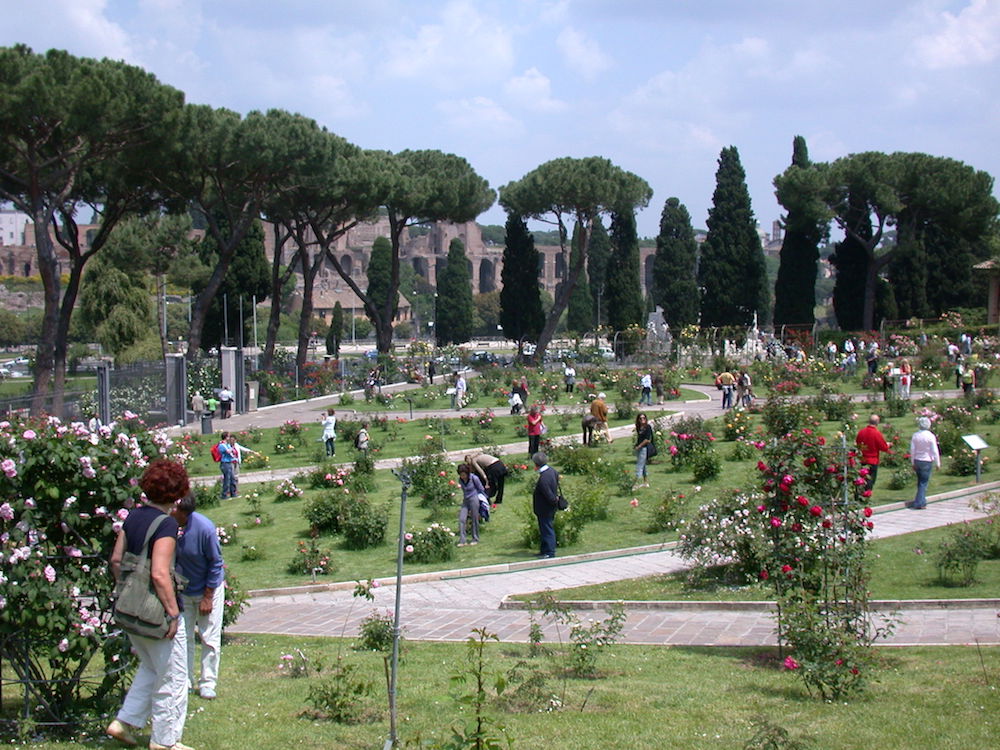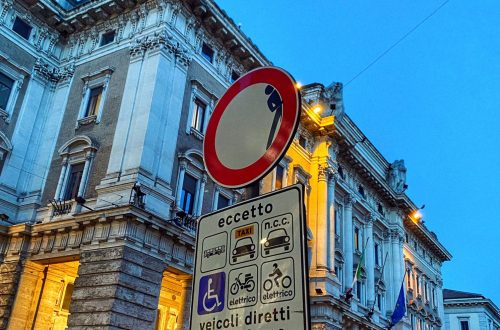
The Municipal Rose Garden reopens to the public on 21 April 2021
On the occasion of the Birth of Rome, on Wednesday 21 April, the municipal rose garden reopens to the public. The spectacle of scents and colors between the Circus Maximus and the Aventine hill can thus be visited by the Romans.
The opening of the Municipal Rose Garden is scheduled every day, from 21 April to 15 May only concerns the collections area from 8.30 to 19.30.
On the other hand, from 16 May to 13 June inclusive, the entire Rose Garden, the competition area, and the collections area will be open every day, always between 8.30 and 19.30.
Guided tours are temporarily suspended due to compliance with the anti-gathering decree due to Covid-19.
The history of the Rose Garden
The municipal rose garden of Rome, unique in the world for its spectacular position, lies on the slopes of the Aventine, in front of the remains of the Palatine, just above the Circus Maximus. Small in size, it offers a magnificent view that ranges from the Palatine Hill to the bell tower of S. Maria in Cosmedin, to the dome of the Synagogue, to the Vittoriano, up to the observatory of Monte Mario.
Since the third century. B.C. the place where the rose garden stands were dedicated to flowers. Tacitus, in the Annales, speaks of a temple dedicated to the goddess Flora, whose celebrations, “Floralia”, took place in spring in the Circus Maximus.
Covered with vegetable gardens and vineyards until the end of the 16th century, it became, in 1645, the Garden of the Jews with the small cemetery of the Community annexed. From 1934, the year of the transfer of the Jewish cemetery to Verano, the area, destined by the general plan of Rome to Park, remained uncultivated until 1950, when it became the seat of the new municipal rose garden. The ancient one, which was located on the Oppio hill, had been destroyed in the Second World War. As a thank you to the Jewish community, which had allowed to recreate the rose garden in a sacred place, a stele was placed at the entrance to the garden in memory of the previous destination, and the paths that divide the flower beds in the collection area took the shape of the menorah, the seven-branched candlestick, the symbol of Judaism. The garden follows the slope of the land with an amphitheater shape. The architectural design aims to camouflage the horizontal fracture formed by via di Valle Murcia, which divides the garden into two parts.
In the larger area, there is a collection of botanical roses, both ancient and modern. In the lower part, smaller, there are the sectors where the roses participating in the “Premio Roma” live and the collection of roses which, since 1933 – the year of the first edition held in Colle Oppio – have won this prestigious event.
The Rose Garden is home to around 1,100 species of roses from all over the world, even from China and Mongolia. Among the most curious, the Rosa Chinensis Virdiflora, with green petals, the Rosa Chinensis Mutabilis, which changes color with the passing of the days, and the Rosa Foetida, a smelly rose.
The idea of a rose garden in Rome is due to the interest of Countess Mary Gailey Senni, her love for nature and a remarkable botanical knowledge. She was American by birth, she married an Italian count and remained to live in Italy. A woman with a determined and stubborn character, she had to fight hard to see her project realized. In 1932 the rose garden was opened on Oppio hill. The place was chosen because there was already a collection of numerous rose plants from the Nursery of the Governorate. The countess participated in all phases of the realization of the rose garden, and she too was the architect of its promotion abroad. The year following the opening, the “Rome Prize” was established (second in the world by the constitution, preceded only by that of Bagatelle, near Paris) of which she was the curator and in which she participated for many years as a member of the jury.
![]()




